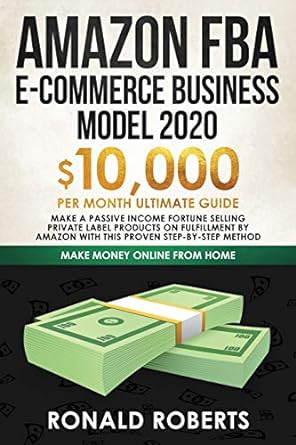Question
Problem [i] An investment that requires $1,000 initial investment will return $600 at the end of first year and $650 at the end of second
Problem [i] An investment that requires $1,000 initial investment will return $600 at the end of first year and $650 at the end of second year. Assume the discount rate is continuously compounded at 8%. What is the Net Present Value of the investment?
Problem [ii]
Suppose that the 6-month, 12-month, 18-month, 24-month, and 30-month zero rates continuously compounded are 4%, 4,2%, 4.4%, 4.6%, and 4.8% per annum, respectively. What is the price of a bond with face value of 100 that will mature in 30 months pays a coupon of 4% per annum semiannually?
Problem [iii]
Suppose that risk-free zero interest rates with continuous compounding are as follows:
| Maturity( years) | Rate (% per annum) | Forward Rate |
| 1 | 2.0 | |
| 2 | 3.0 | ? |
| 3 | 3.7 | ? |
| 4 | 4.2 | ? |
| 5 | 4.5 | ? |
Calculate forward interest rates for the second, third, fourth, and fifth years.
Problem [iv]
Use the risk-free rates in the previous Problem. You are entering an FRA where you will pay 5% (annually compounded) for the third year and receive LIBOR on $1 million. The forward LIBOR rate (annually compounded) for the third year is 5.5%. What is the value of the FRA today?
PLEASE SHOW ALL WORK!
Step by Step Solution
There are 3 Steps involved in it
Step: 1

Get Instant Access to Expert-Tailored Solutions
See step-by-step solutions with expert insights and AI powered tools for academic success
Step: 2

Step: 3

Ace Your Homework with AI
Get the answers you need in no time with our AI-driven, step-by-step assistance
Get Started


